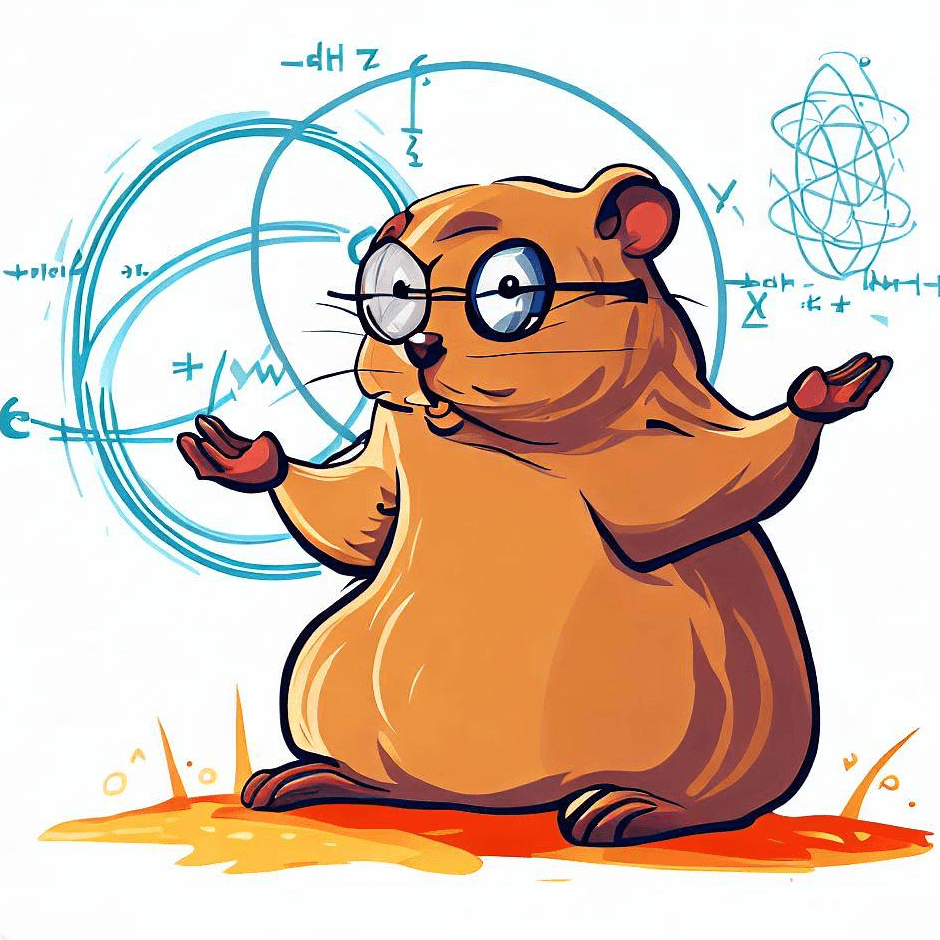
Are there any experiments or theories that attempt to explain quantum entanglement?
Absolutely! Scientists have conducted numerous experiments and developed various theories to understand and explain the perplexing nature of quantum entanglement. Here are a few notable ones:
-
Bell's Theorem and Bell Tests: Physicist John Bell proposed a theorem in the 1960s that laid the foundation for testing the predictions of quantum mechanics against classical physics. Bell's theorem and subsequent experiments, known as Bell tests, aim to determine whether quantum entanglement can be explained by local hidden variables or if it truly involves non-local, instantaneous connections.
-
EPR Paradox: In 1935, Albert Einstein, Boris Podolsky, and Nathan Rosen introduced the Einstein-Podolsky-Rosen paradox, commonly known as the EPR paradox. They argued that if quantum mechanics is correct, it leads to the possibility of "spooky action at a distance." The EPR paradox highlights the non-local nature of entanglement and spurred further investigations into the phenomenon.
-
Delayed Choice Quantum Eraser: This experiment, proposed and conducted in the 1980s by physicist John Archibald Wheeler and others, explores the nature of quantum entanglement by manipulating the measurement conditions. It demonstrates that the choice of measurement made after an entangled particle has passed through a certain apparatus can retroactively determine its behavior, seemingly defying classical notions of cause and effect.
-
Quantum Information Theory: This theoretical framework explores the concept of entanglement in the context of information processing and communication. It investigates how entangled particles can be used to transmit and store information securely and efficiently, leading to advancements in quantum computing and cryptography.
-
Many Worlds Interpretation: Proposed by physicist Hugh Everett in the 1950s, this interpretation of quantum mechanics suggests that every possible outcome of a quantum measurement exists in separate parallel universes. In the context of entanglement, it posits that when particles become entangled, their states diverge, creating multiple coexisting realities.
These are just a few examples of the experiments and theories aimed at unraveling the mysteries of quantum entanglement. While they provide insights into this enigmatic phenomenon, it's important to note that the true nature and underlying mechanisms of entanglement are still subjects of active research and debate in the scientific community.
- Can entangled particles be used for practical applications?
- How does quantum entanglement relate to quantum teleportation?
- What are some challenges and limitations in studying quantum entanglement?
- Are there any real-world examples of quantum entanglement?
- Can you explain the concept of quantum superposition?
- Tell me more about the concept of quantum entanglement and black holes.
- Can entanglement be observed with macroscopic objects?
- Can you explain the concept of quantum entanglement in simple terms?